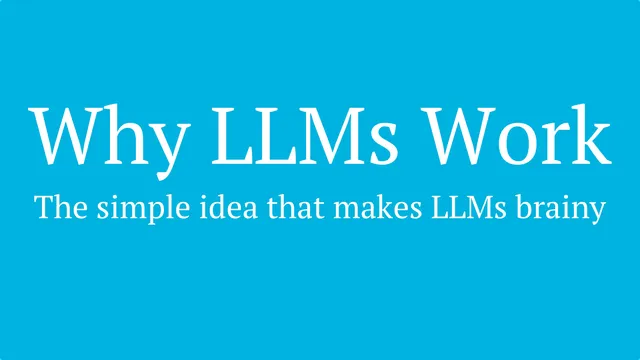If LLMs Are Just Matrix Multiplications How Come They Feel So Smart
Audience: high-schoolundergraduate
Tags: large-language-modelsnatural-language-processinglinear-algebra-applications
Linear algebra may seem abstract, yet it now drives chatbots that write poetry, summarize articles, and debug code with human-like ability. This leap — from earlier models limited to narrow tasks like recognizing cats in images to today’s systems that respond with human-like clarity and context — did not come from adding layers of complexity. It came from applying a few simple ideas in linear algebra. The goal of this tutorial is to make those ideas explicit and show how they yield text that tracks meaning in context. Most tutorials simply regurgitate the “how” of attention: they parade Q, K, V matrices, softmaxes, and positional encodings, then ask readers to imagine that the numbers somehow “focus” on the right words. In contrast, we emphasize the why — the concepts that make these systems respond like humans. We start with toy examples small enough to make the math visible, showing how simple co-occurrence counts hint at meaning (river pairs with water, not loan) and how the same ideas extend to context-sensitive interpretation without hand written rules and make systems that sound “intelligent.”
Analytics
Comments
I really like how the article kept everything simple and only brought in the complexities of transformers at the end. This gives intuition for WHY transformers may work as well as they do instead of just throwing math at the reader. This article would be a good first resource for students to read and think about before diving into learning about transformers in detail. I also think a fun and instructive coding project could be designed based off of this post.
I’ve been thinking for some time that I should try to understand how LLMs work, because I couldn’t care less before. This article seems like exactly what I needed, and I’ll surely revisit it.
It probably needs a bit of proofreading. For example, I think the matrix operations right before ‘Interpretation by largest clue’ should contain only and for the explanation to make sense.
